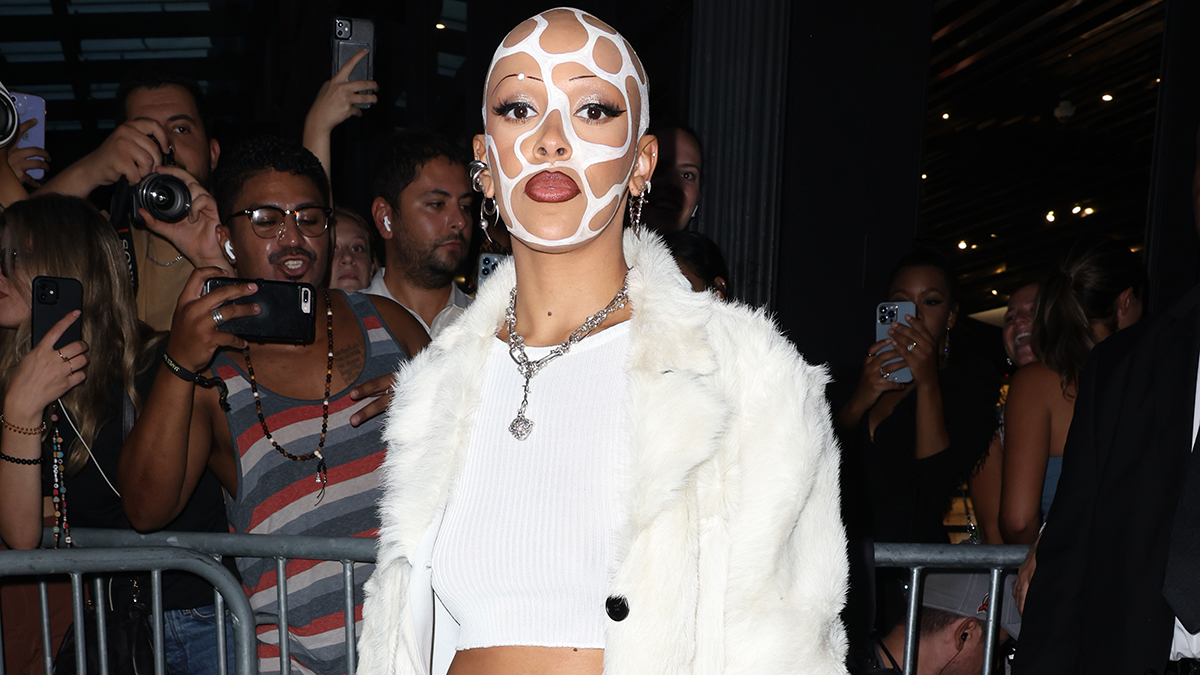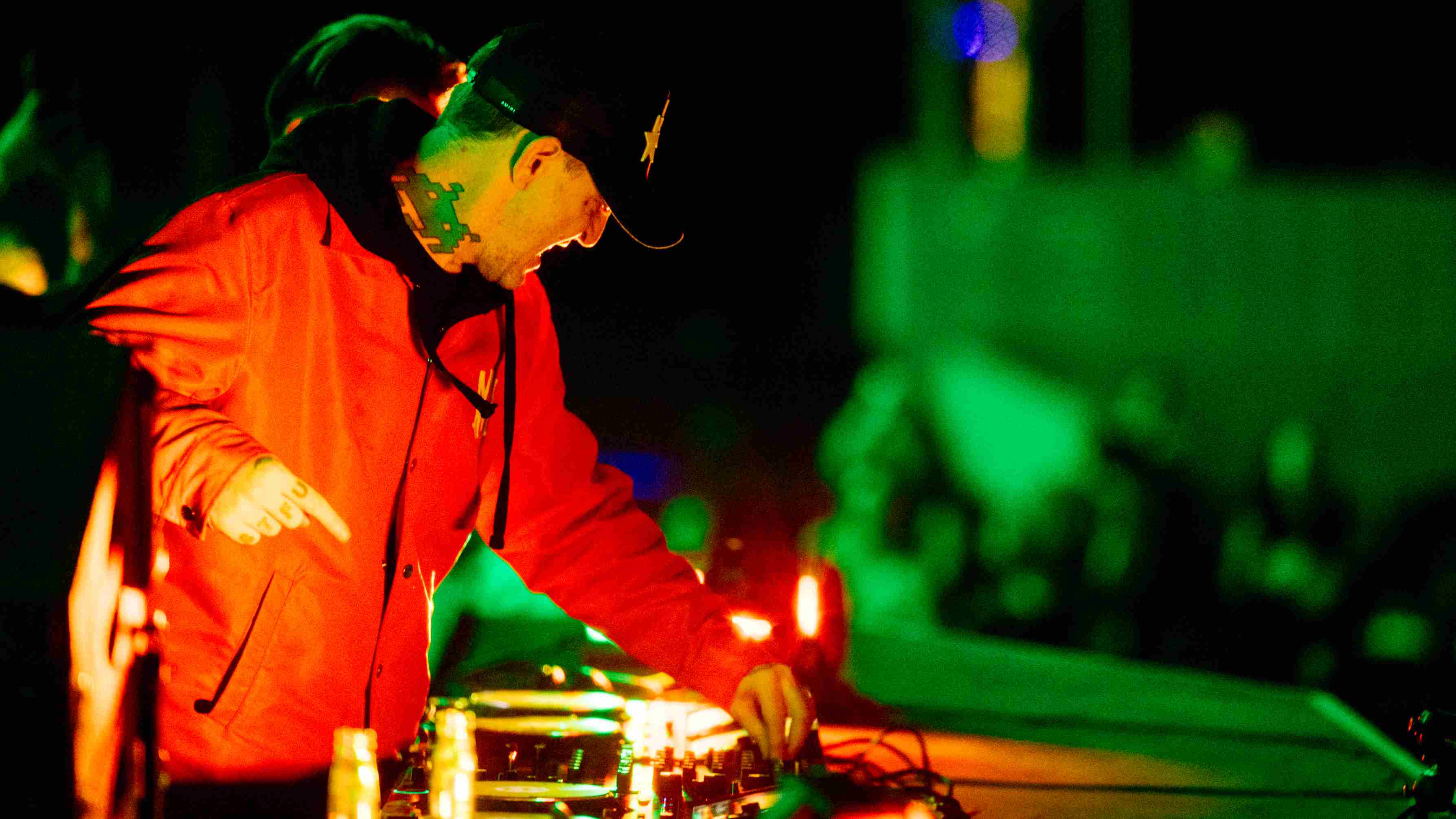Doja Cat suggests that her next album will be inspired by ‘90s German rave
“I know that’s kind of the trend at the moment but I loved that stuff as a kid,” she explains

Doja Cat has suggested that she’s set to become the latest artist to pay homage to old-school dance music, telling Givenchy Creative Director Matthew M Williams that she’s currently into a “‘90s German rave kind of vibe”.
2022 has already seen Beyonce’s Renaissance and Drake’s Honestly, Nevermind doffing their production caps to ‘90s house, but Doja Cat suggests that she’s on a slightly different retro tip.
“We just have so many ideas and making those ideas consistent is the challenge right now,” she told Williams in CR FashionBook. “I can’t really tell much. I just know there’s a lot going on.”
Offering a little more detail, Doja Cat says: “I’m very into this ’90s German rave kind of vibe right now and it’s really fun. I know that’s kind of the trend at the moment but I loved that stuff as a kid and now that I can express it (obviously, I couldn’t buzz my head and wear a furry bra and have a belly button piercing back then), I’m sort of embracing that. That’s kind of a hint to the album. Rave culture, not house.”
Doja Cat also says that she’s currently building a home studio so that she can work in private. “I like things being sent to me and then being in my own place of tranquility and doing it on my own,” she explains.
Growing out of acid house, rave had its big moment in the early ‘90s - a mixture of breakbeats, heavy bass, sampled vocals and - of course - that Korg M1 piano sound. A notable revival came in 2020, when Calvin Harris used this sound as the blueprint for his Love Regenerator project.
“I wanted to rediscover the way I originally began producing music 22 years ago before I ever thought about how it might be perceived by outside forces,” Harris said at the time. “Just pure fun and experimentation with what sounded good to me.
Get the MusicRadar Newsletter
Want all the hottest music and gear news, reviews, deals, features and more, direct to your inbox? Sign up here.
“The records are inspired by early rave, breaks, techno and house, the music I was obsessed with growing up. In fact, I’ve done everything I can to make them sound like they’ve come from a 1991 time capsule.”
Whether Doja Cat plans to lean this heavily into the rave sound remains to be seen, but if you fancy going large on it, check out our guides to building a layered ‘90s-style rave breakbeat, creating ‘90s rave-style sampled chords, synthesizing an old-school rave pad and creating a layered rave stab.



I’m the Deputy Editor of MusicRadar, having worked on the site since its launch in 2007. I previously spent eight years working on our sister magazine, Computer Music. I’ve been playing the piano, gigging in bands and failing to finish tracks at home for more than 30 years, 24 of which I’ve also spent writing about music and the ever-changing technology used to make it.
"At first the tension was unbelievable. Johnny was really cold, Dee Dee was OK but Joey was a sweetheart": The story of the Ramones' recording of Baby I Love You
"Reggae is more freeform than the blues. But more important, reggae is for everyone": Bob Marley and the Wailers' Catch a Fire, track-by-track









